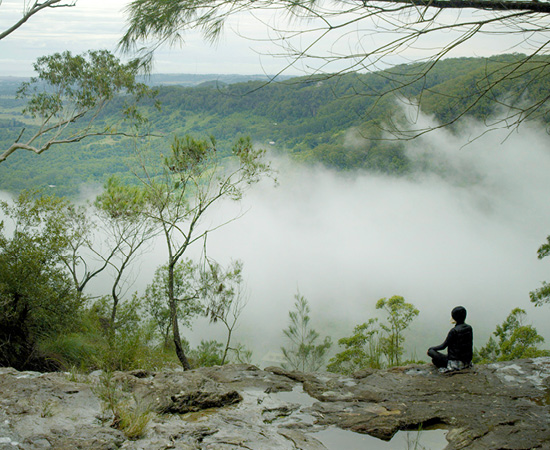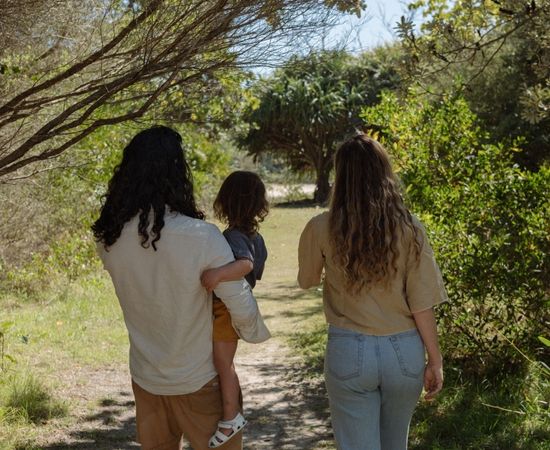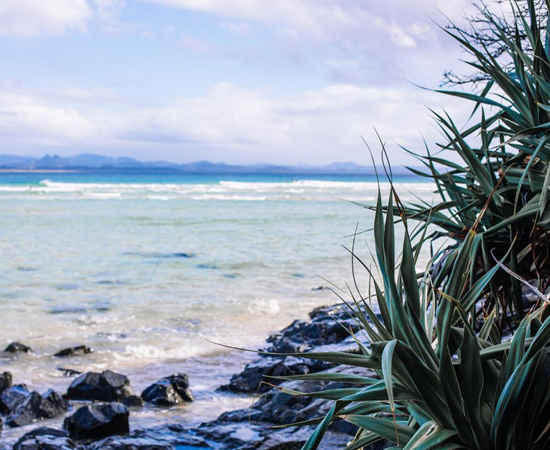Top places to go hiking in winter
Sophia Power, BA Media
Quick overview
- Check out our hand-picked list of the top places to hike in winter state by state
- From winter wonderlands to waterfalls, there are plenty of cold winter walks to choose from – all over Australia
- Hiking has plenty of health benefits too, including faster calorie burning, and better moods, endurance and immune system function
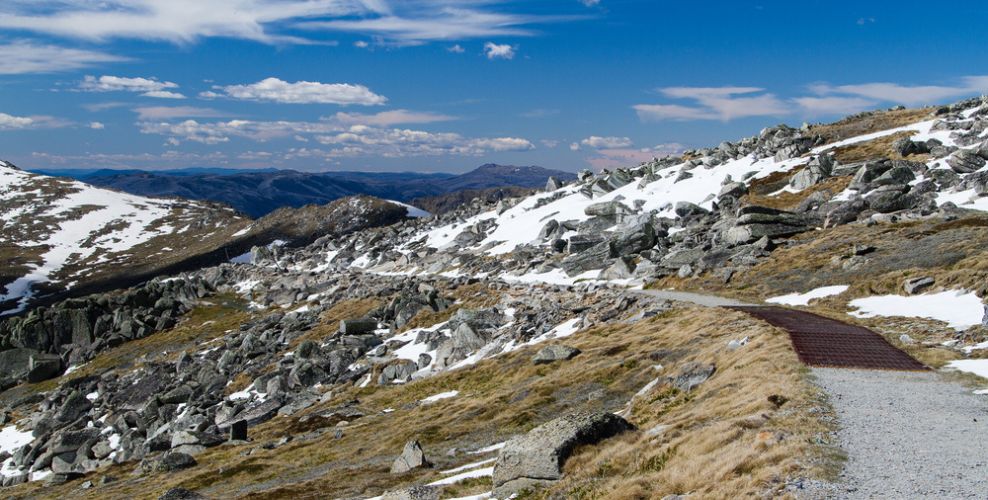
If you’re planning for your next hiking trip, don’t let the winter chill put you off. Here are our top picks of the best hikes to do in Australia in winter in the most jaw-droppingly beautiful places.
Best winter walks in Australia
An Australian winter is a wonderful thing. When the sun is shining and the air is crisp there’s so much opportunity to get out there and see what this stunning country has to offer. Whether you choose to hike inland, on the coast, in the bush or through a rainforest – there’s something different you can enjoy every time you adventure across another hiking trail on your list.
Mount Remarkable National Park, South Australia
Boasting more than 700 trails, Mount Remarkable National Park is a family-friendly hiking adventure an easy drive from Adelaide. South Australian summers can be feverish, making a winter hike far more enjoyable. Not only can you relish in a cool breeze on your hike, but April through to October is also the best time to encounter the local native flora and wildlife.
If you and your family ever tire of exploring on foot, the park also offers areas to explore on two wheels, with a complete network of mountain biking trails through the foothills of the Willowie Forest area.[1]
Mount Kosciuszko Summit Walk, New South Wales
This is a long walk that will take you the better part of a day, however it’s only moderately difficult, and is suitable for people of most ages and fitness levels, as long as you’re prepared to tackle some steep sections.[2] In winter, there’s a high possibility of snow, so it’s best to stick to the lower lying tracks unless you’ve come well prepared and have experience with, and the correct gear for, hiking in such extreme (and potentially dangerous) conditions.
If the track is free of snow, consider heading up to the very top of Australia’s highest mountain peak to enjoy the stunning 360-degree views from the tallest peak in Australia and feast your eyes on the pristine Snowy Mountains.
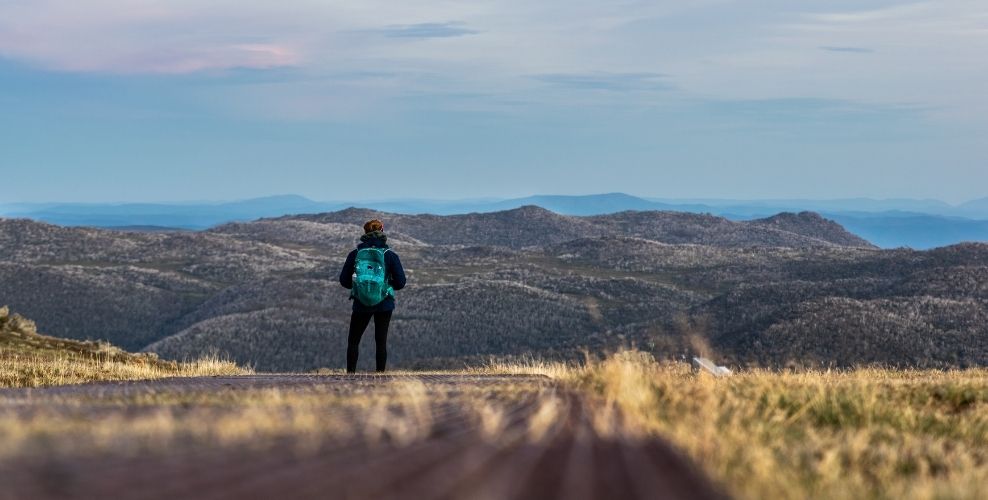
Gold Coast Hinterland Great Walk, Queensland
If rainforests, extinct volcanoes, waterfalls and adorable wildlife (think green tree frogs and sugar gliders) are more your speed, the Gold Coast Hinterland Great Walk could be perfect for you.
The entire walk follows the rim of the extinct Tweed Volcano and runs for 54km.[3] As a World Heritage Area, this entire stretch of hinterland is protected. It’s not surprising that the Yugambeh traditional owners have recognised this area as ‘special land’ for thousands of years or that it’s more recently been protected as a World Heritage Area.
Wineglass Bay, Tasmania
Wineglass Bay is located in the Freycinet National Park just 2.5 hours drive from Hobart. The 6 km trail takes around 1.5-2 hours to walk.
The section between Mount Amos and Mount Mayson is quite a thigh-burner, with steep inclines – but the lookout at the top is well worth it. The breathtaking views of Wineglass Bay include other-worldly blue waters, a long stretch of white sand and a dramatic, mountainous backdrop.
Cape to Cape Walk Track, Western Australia
If Australia’s charmed coastline calls you, consider the Cape to Cape Walk Track along the southwest coast – from Cape Leeuwin to Cape Naturaliste.[4] An Indian Ocean vista and breeze will be your constant companion through the 135 km hike, which usually takes between five and eight days. If you’re not up for such a long trek, it’s easy to cherry-pick sections of the track – from coastlines, coves and cliff tops, to pristine, deserted beaches.
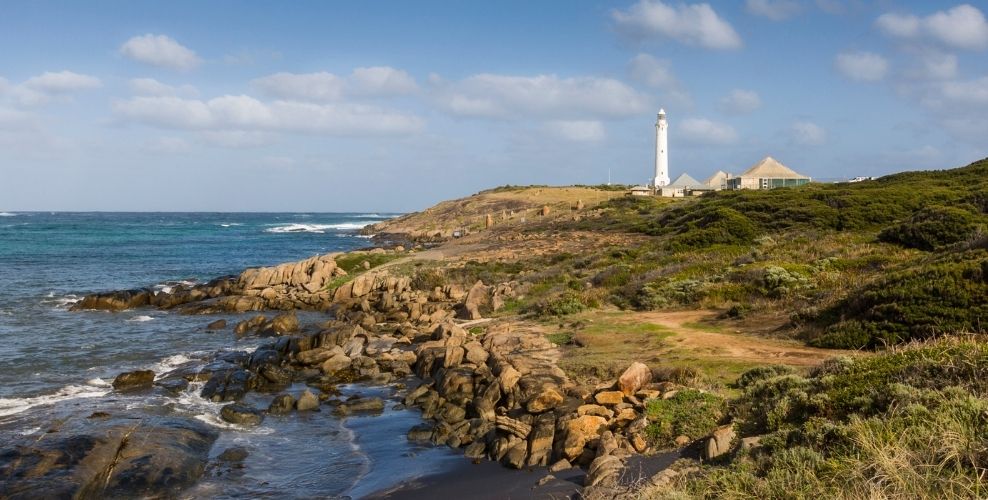
Grampians National Park, Victoria
Traditionally known as Gariwerd, this national park is world renowned and has something for just about everyone, as long as they adore the outdoors. Enjoy the park’s rich Aboriginal history, rock art paintings and shelters, pick a peak or two to climb and soak up the striking views.[5] There’s also a choice of trails to walk, including multi-day walks, for the very game (and fit).
If you’re planning a trip with a group and have mixed levels of fitness or you’re sticking around for a few days, there are a handful of lakes, creeks and reservoirs for fishing, canoeing and kayaking to enjoy between hikes.
Namadgi National Park, Australian Capital Territory
This national park is steeped in ancient history and makes for a satisfying hike for those who are also keen on learning about the history of the area. The park also contains approximately 200 Aboriginal archaeological heritage sites.
The flora and fauna is as rich as the history in Namadgi National Park. With a number of plant and animal species here that are either rare or endangered, it’s all the more important to enjoy the park and respect the preservation efforts.
Larapinta Trail, Northern Territory
If braving freezing winds and possible snowfall is not your thing, perhaps winter is the time for you to take advantage of the mild weather (and arguably the best time to visit the Northern Territory) and hit the Larapinta Trail. Don’t forget that temperatures drop dramatically at night at this time of year, so you’ll still need some decent winter gear.
During the Top End’s cooler months, tourists and avid hikers can enjoy this 223 km trail to or from Alice Springs and through the West MacDonnell Ranges.[6] It’s broken up into 12 sections that have varying grades of difficulty and a number of facilities, including camping grounds. Because of the length of the entire trail, if you choose to do the whole hike you’ll need to plan out your best campsite options.
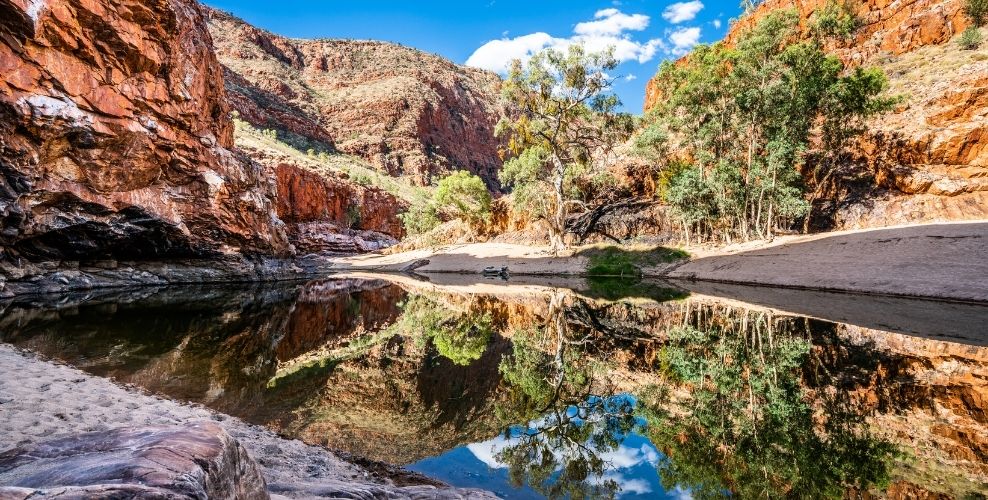
Highlights of the Larapinta trail include Ormiston Gorge, Mount Sonder and the Finke River. Bring your swimmers to cool down at one of the swimming holes and relax after a long morning of hiking.
Hiking in the cold
Safety first steps for taking on any exercise in the cold, especially when you’re facing the elements, include:
- Never take on outdoor exercise if you’re feeling unwell
- Ensure you have the right gear and will be warm enough, particularly if you’re heading up a mountain where the wind can be especially icy
- Take plenty of satiating snacks, water and a first aid kit
- Know the signs of hypothermia, including intense shivering, slurred speech, exhaustion and coordination loss [7]
- Keep park rangers and loved ones up to date with where you’re going and when you expect to return
- Consider carrying a satellite phone or personal beacon if you’ll be in the wilderness
Health benefits of winter hiking
While it may seem like a better option to snuggle up by the heater, moving your body outdoors in the winter has a ton of benefits.
- Increased immunity – as you power through a hike, fresh air and deep breaths oxygenate your body, and as the sun shines down on you, it stimulates your body’s vitamin D production – all supporting a healthy immune system. Exercise has also been shown to boost the immune system and reduce inflammation, which is particularly useful during winter to ward off the common colds in circulation.[8]
- Boost your endurance – a hike in chilly temperatures can increase your endurance (so you can start tackling even more challenging hikes).[7] That’s because your heart isn’t under as much pressure as it would be in the summer, so you don’t use up as much energy, and the body gets used to working more efficiently. All the while, you’re strengthening the muscles needed for tougher hikes, such as your core, quads, butt and hamstrings.
- Burn more calories in the cold – studies have shown that exercising outside in the colder months uses up more calories, which is helpful if you want to prevent your weight creeping up over winter. A study in the Journal of Clinical Investigation found that acclimatising to the cold helps to increase the activity of brown fat (a type of stored fat that heats our body when we’re cold), which burns more calories.[9]
- Tell the winter blues to take a hike – for many people, the shorter days and reduced social activities of winter can lead to lower moods and a more negative outlook. Physical activities such as hiking help improve mood by increasing the production of feel-good chemicals.[10] A beautiful change of scenery, a sense of achievement when you reach the end of your hike, and the social aspects of hiking with friends, family or a partner can also help to shift your perspective – after all, there’s nothing quite like seeing Mother Nature in all her glory to give you a surge of positivity.
Hopefully your inspired for your next hiking trip. It’s a great way to get out of your head and out into nature. If you’re interested in discovering more ways to winter well, we’ve got you covered here.
References:
- National Parks and Wildlife Service South Australia. Last updated 2021, accessed May 2021 from https://www.parks.sa.gov.au/parks/mount-remarkable-national-park
- Visit NSW. Last updated 2021, accessed May 2021 from https://www.visitnsw.com/things-to-do/adventure-and-sport/hikes-and-walks/best-hikes-and-walks
- Queensland. Accessed May 2021 from https://www.visitnsw.com/things-to-do/adventure-and-sport/hikes-and-walks/best-hikes-and-walks
- Auswalk. Last updated 2021, accessed May 2021 from https://auswalk.com.au/cape-to-cape-walks/?gclid=CjwKCAjwnPOEBhA0EiwA609ReYTTJQN0ikzT24BMOcqIGROtD8-XNkJabLEtpJd2qnQvrDaGgw64ghoCfdEQAvD_BwE
- Parks Victoria. Accessed May 2021 from https://www.parks.vic.gov.au/places-to-see/parks/grampians-national-park
- Larapinta Trail. Last updated 2017, accessed May 2021 from https://www.larapintatrail.com.au/
- Harvard Health Publishing. Last updated 2018, accessed May 2021 from https://www.health.harvard.edu/staying-healthy/the-wonders-of-winter-workouts
- Nieman DC, et al. Journal of Sport and Health Science 2019;8(3):201-217.
- Van der Lans AJJ, et al. Journal of Clinical Investigation 2013;123(8):3395-3403.
- Drew EM, et al. International Journal of Circumpolar Health 2021;80(1).

















